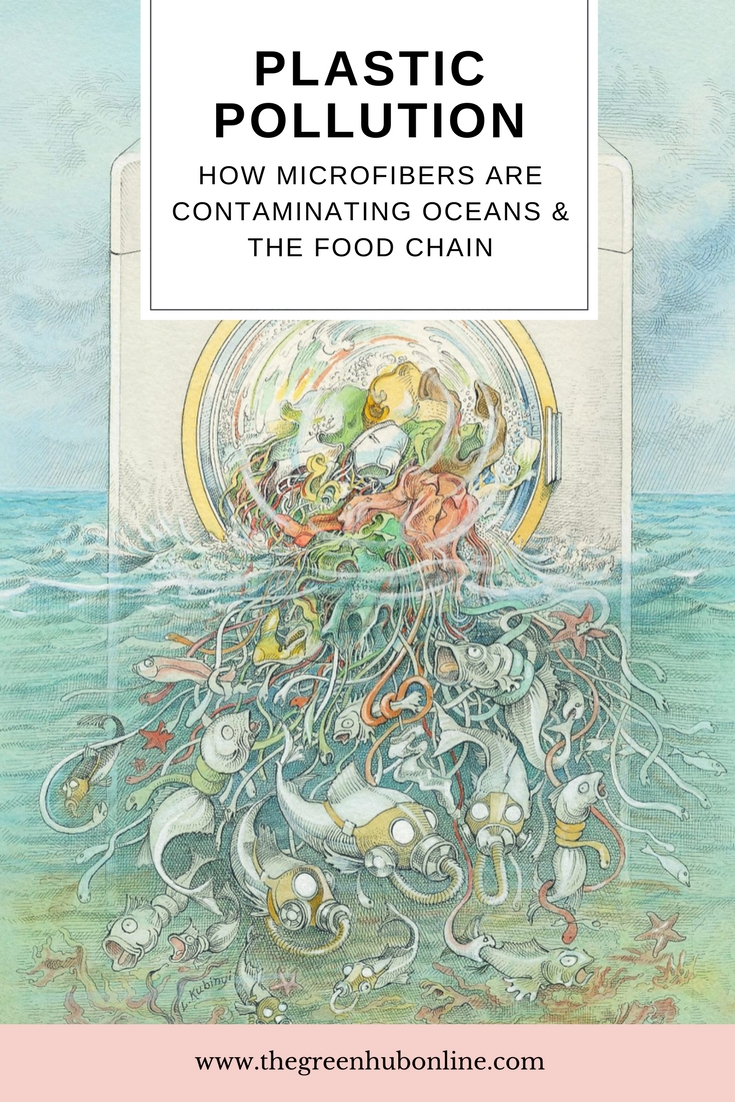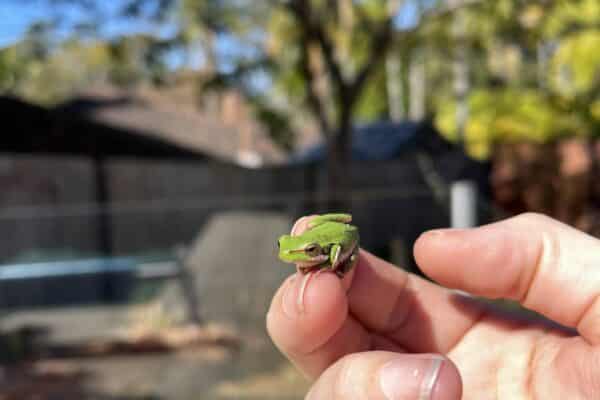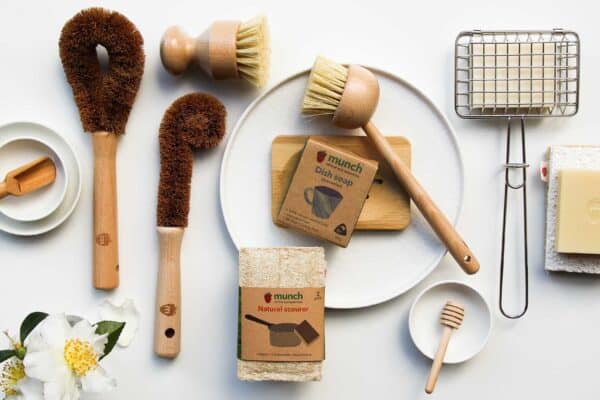If anyone grew up watching The Simpsons, they’ll know the famous catch phrase of Bart Simpson “eat my shorts”. I never thought that phrase would be so relevant to humanity, until the rising issue of ‘microfibers’ from clothing has been splashed all over the media from environmental reports.
To break it down (no pun intended) – Microfibers are tiny synthetic fibers from synthetic apparel (Polyester, Nylon, Spandex, Rayon or Acrylic) that are less than 5mm in length. These tiny fibers shed from clothing when they are washed and manage to filter out into rivers and oceans.
There have been various scientific studies world wide into the environmental effects of plastic in the ocean on marine life, with microfibers falling into the category of microplastics (small pieces of plastics that filter into the oceans and aquatic life). The conclusions from these studies are pretty shocking, showing that a huge number of microfibers are in oceans and rivers.
One study by Mark Browne published in 2011 by Environmental Science & Technology, found that marine life and habitats in coastlines around the world were highly contaminated with microfibers. It’s suggested that this may be derived from sewage as a consequence of washing clothes.
Image source: Salt Gypsy

"The World Economic Forum estimates that in just 35 years, the amount of plastic trash in the ocean will outweigh all the fish."
The problem
These microfibers in the ocean are mistakenly consumed by marine life, which we then consume as part of the food chain…so yes we are in fact eating our own clothes. The worst part is, microfibers in water expand and attract different forms of harmful bacteria and pollutants. This all makes one toxic meal for us to consume. The health effects of plastic contamination are disgusting – just look at the recent story of the whale in Norway that washed up sick with 30 plastic bags in it’s stomach. Further studies are here.
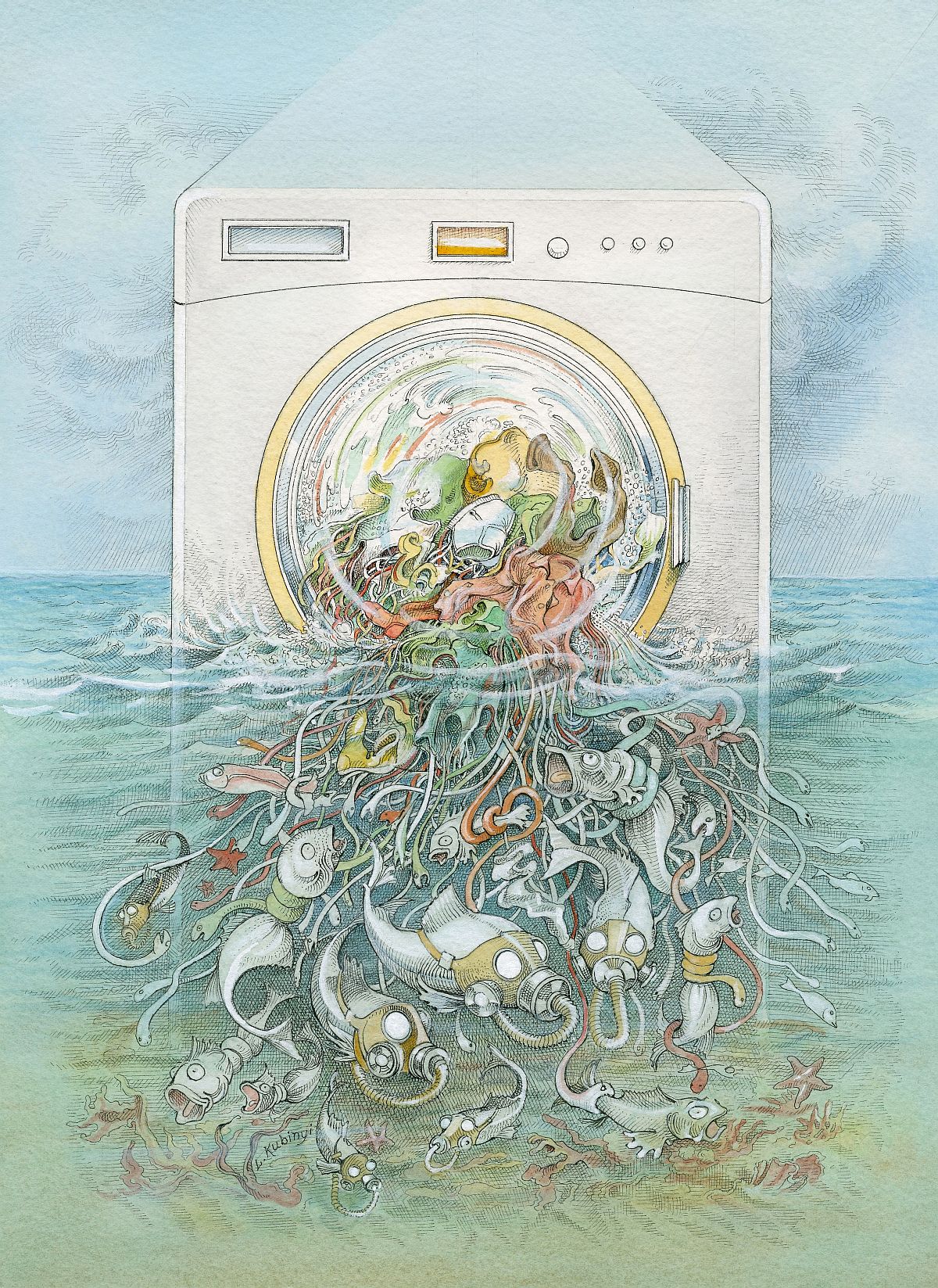
The variables
The outdoor apparel brand Patagonia has been a key change maker in the apparel industry, investing large funding grants into studies to find out more about microfibers. A project called ‘MICROFIBER POLLUTION & THE APPAREL INDUSTRY‘ by the University of California funded by Patagonia, researched the variables that could effect the release of microfibers and how that could be used to change the textile industry and social behaviour. This study revealed that the amount of microfibers released from clothing change significantly between a number of factors; apparel age, fabric quality, washing machine type, fabric type and fabric construction. Basically – the older and poorer quality clothing washed in a top loader machine will produce vastly more microfibers. Sad news for second hand and vintage shoppers (trust me, I’m devastated).
The Inventions
Thankfully to every problem, someone out there gives a shit and is investigating ways to help. The solution to microfibers is stopping them be released during the washing process. The next process is perhaps going to the appliance industry and waste operators and encouraging new filters and systems to be put into place.

Guppy friend
Guppy Friend is a great innovative solution to the microfiber issue and the first of it’s kind. It’s a bag that you can put your clothes in before placing it in the washing machine.
The bag allows the clothes to be washed but microfibers can’t be released. They are then left behind and can be disposed of in the bin.
Patagonia will be stocking the guppy friend, coming soon.
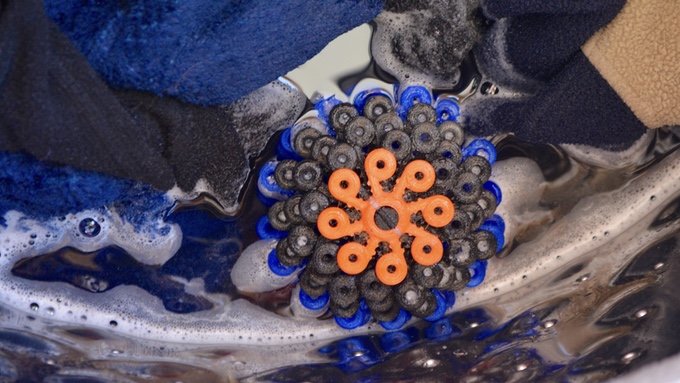
Cora Ball
Cora Ball – this is an incredible design, inspired by coral and made from 100% recycled materials.
It is currently on Kickstarter getting pre-orders, produced by an innovative team of people that have been working on ocean protection for 7 years.
The ball sits in the washing machine and just like coral, allows water to flow, while picking up those little pieces of microfiber and catching them. I’m pretty looking forward to pre-ordering one of these!
Moving Forward
The fashion industry is a big problem for the environment and brands are starting to be put under the spotlight by consumers so they need to get their shit together. In today’s society, everyone is obsessed with fast fashion – Greenpeace recently wrote a report that 60% of clothes are made with the synthetic material polyester. This is why the solution is not to simply phase out synthetic materials as it won’t happen, unless there is an incredible alternative.
Brands and industries (appliances / apparel) need to actually care for the impact they make on the world and make better quality clothing. They should always be investing in science and technology, looking for new ways to change the fashion industry for good with the evidence to back it up. The clothing brand G-Star Raw recently partnered with Plastic Soup Foundation to encourage other apparel brands and retailers, textile producers, and washing-machine manufacturers to support the Ocean Clean Wash. This is a great message for other brands to follow.
Consumers can also do their part aside from buying / using the inventions above. Consumers should buy good quality clothing that will produce less microfibers but also clothes that will last and be produced with less chemicals. A big solution is to wash less, hang your clothes out in the air or hand wash stains. Also demand more from your clothing brands, invest in good companies that are invested in the future – consumers have the power to make change!
